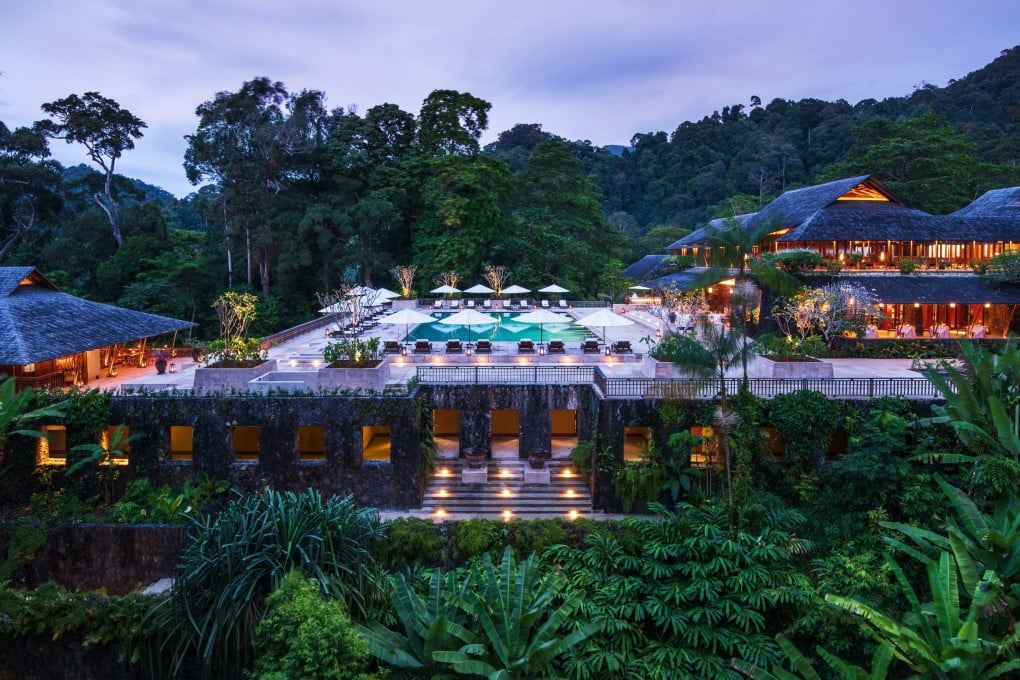How The Datai Langkawi puts nature first – just be ready to share your villa with monkeys and bats
Looking for a high-end resort that prioritises sustainability, where you share your balcony with langurs and macaques? Give The Datai in Malaysia a try

The hostage incident takes place three days into my stay at The Datai, a sprawling resort on the wild northwestern tip of Malaysian holiday island Langkawi.
The perpetrators are a troop of primates that catapult themselves onto my balcony from a nearby branch, landing with a thud that sends me scampering inside. And now the ringleader has positioned himself by the balcony door, making it clear he’s in no rush to leave, pushing his pink fleshy face against the glass and eyeballing me with an intensity that suggests he knows about the bowl of bananas by my bed.
Wildlife encounters – whether it is with the tiny, concealed scorpions that fluoresce when the resort’s naturalist casts his blue-light flashlight over a vine-covered wall during a nighttime tour or the neon-green snakes seen hanging from trees during a kayak through nearby mangroves – are part and parcel of a stay at The Datai, a resort surrounded by crucial wildlife habitats.

On my first evening, as I enter my room after a sundowner on the balcony, a bat swoops inside as the door closes. I never see it again, and spend the following evenings warily eyeing the darkest corners of the villa.
At dusk, I watch winged wonders flit between the trees (the lobby’s roof is the preferred resting place of hornbills) and in the reception area, the soundtrack is provided by a large square pond filled with lily pads sagging under the weight of hundreds of frogs. Soon after sunset their chorus begins – a chaotic orchestra of croaks, barks and grunts.

“The reason this corridor is so important is because it addresses habitat fragmentation,” says Lina Zali, principal assistant manager at LADA. “By connecting isolated areas of forest, the corridor will play a key role in maintaining biodiversity, supporting ecosystems and reducing human-wildlife conflicts, including roadkill incidents.”
